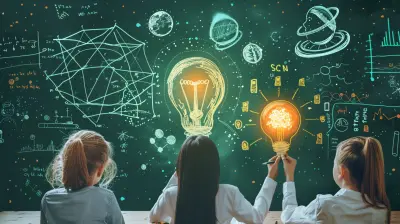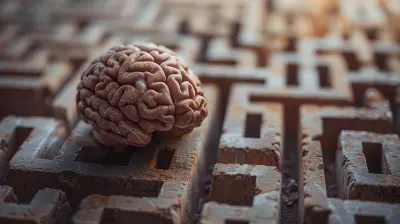Effective Study Techniques Based on Learning Styles
17 August 2025
Studying can feel like an uphill battle, especially when you don’t have the right approach. Ever spent hours going over your notes, only to forget everything the next day? The problem isn’t you—it’s the method you’re using.
Everyone absorbs information differently. Some of us are visual learners, while others need to hear things out loud or physically engage with the material. Understanding your learning style is the secret weapon to studying smarter, not harder.
In this article, we'll break down different learning styles and reveal study techniques tailored to each. By the end, you’ll have a game plan that actually works for you. Ready? Let’s dive in! 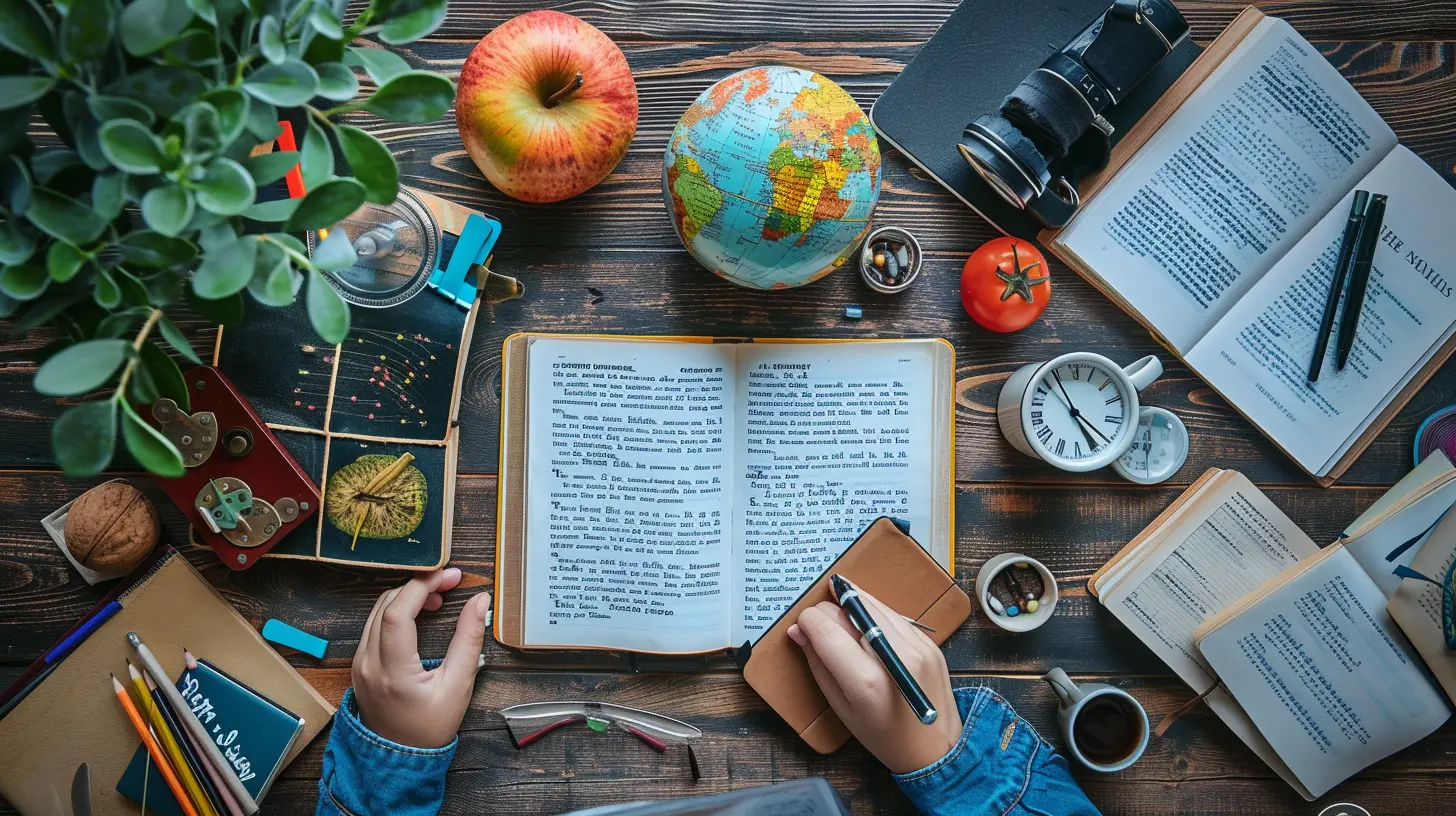
Understanding Learning Styles
Before jumping into study strategies, let’s get one thing straight: there’s no one-size-fits-all approach to learning. The key is identifying which style suits you best.The most commonly recognized learning styles include:
1. Visual Learners – Absorb information best through images, charts, and graphs.
2. Auditory Learners – Learn best by listening and engaging in discussions.
3. Reading/Writing Learners – Prefer working with text-based materials.
4. Kinesthetic Learners – Retain knowledge through hands-on experience and movement.
Now that we’ve got that out of the way, let’s jump into the best study techniques for each learning style. 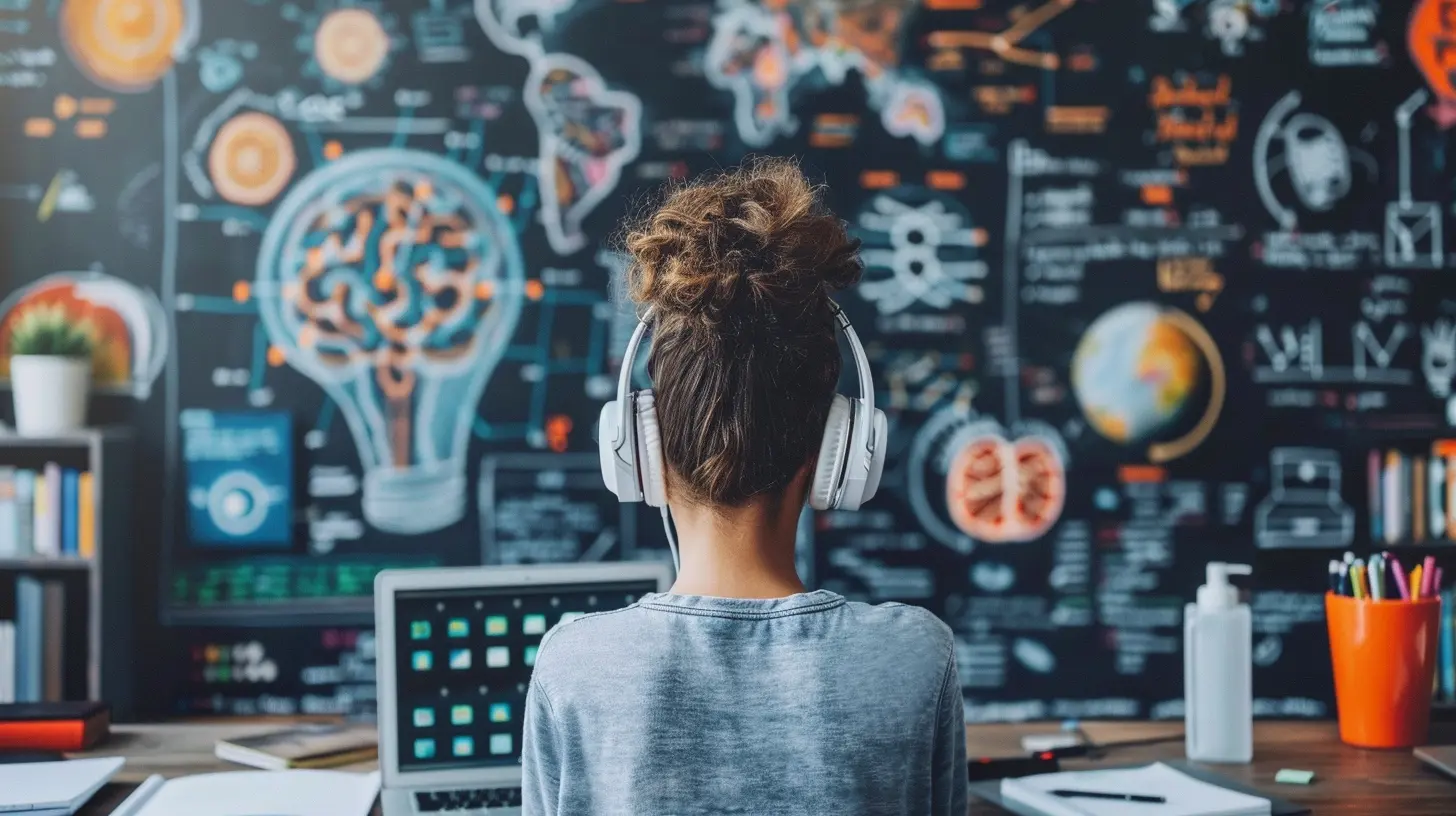
Study Techniques for Visual Learners
If you’re a visual learner, your brain thrives on images. Forget walls of text—your mind works best when you can see the connections.1. Use Mind Maps and Diagrams
Instead of writing long notes, create mind maps or flowcharts. This helps you visualize relationships between concepts and makes recall easier during exams.2. Color-Code Your Notes
Using different colors for headings, keywords, and definitions can make studying more engaging. Your brain will naturally associate certain concepts with specific colors, making retrieval faster.3. Watch Educational Videos
Platforms like YouTube, Khan Academy, or TED Talks are goldmines for visual learners. Watching explanations with graphics can make even the toughest topics simple.4. Use Flashcards
Apps like Anki or Quizlet allow you to create digital flashcards with images and keywords. This method reinforces memory through repetitive visual exposure.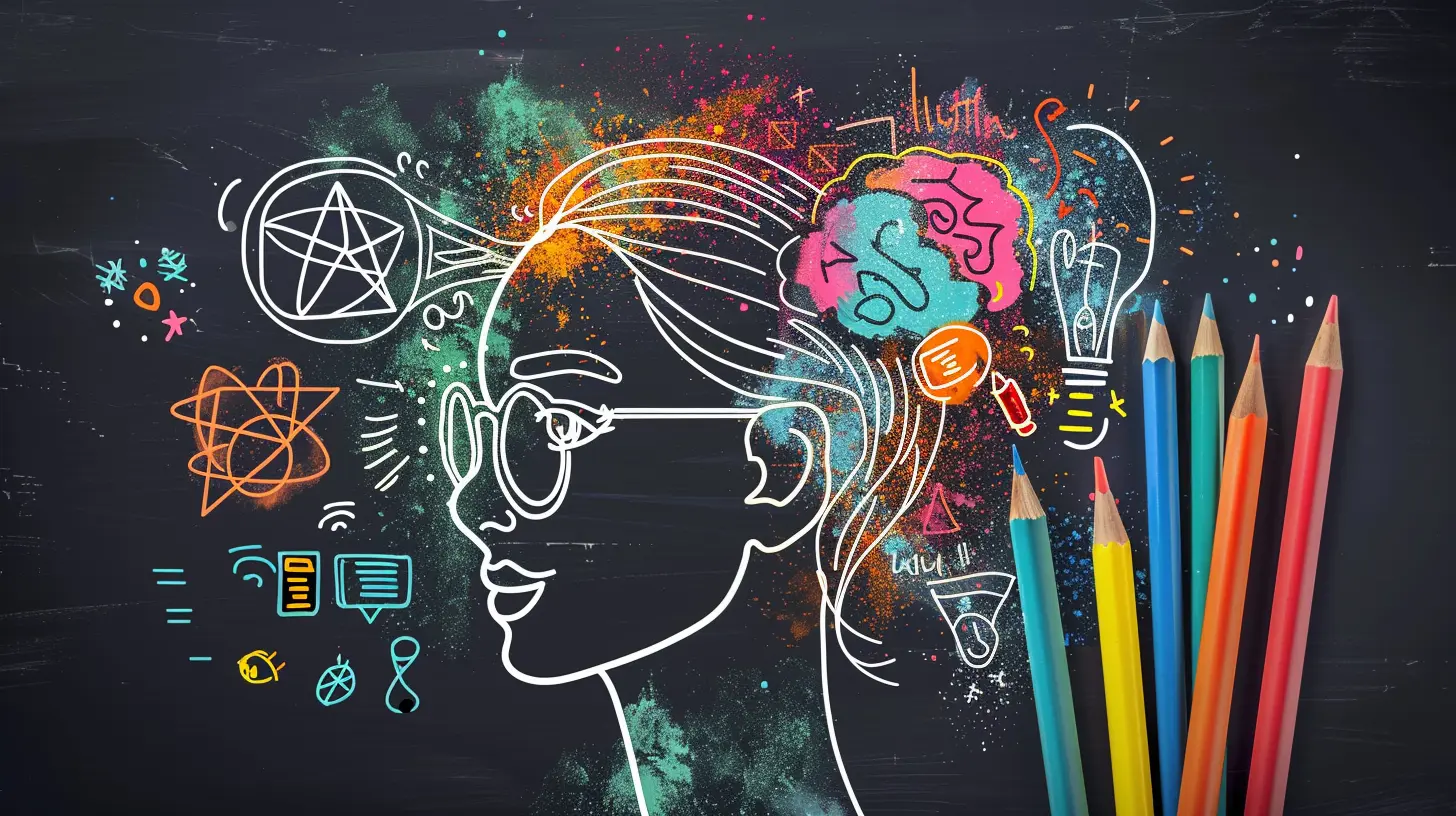
Study Techniques for Auditory Learners
If you retain information better by hearing it, then reading from a textbook alone won’t do you much good. Here’s what will:1. Recite Information Out Loud
Read your notes aloud instead of just skimming them. Even better? Teach the material to someone else—it forces you to explain things clearly.2. Listen to Audiobooks and Podcasts
Instead of drowning in textbooks, try listening to audiobooks, recorded lectures, or educational podcasts. You can study while commuting, working out, or doing chores!3. Join a Study Group
Discussing concepts in a group setting allows you to process and retain information better. Conversations make abstract concepts stick longer in your memory.4. Use Mnemonic Devices and Rhymes
Turn key information into catchy phrases, acronyms, or songs. Ever used "PEMDAS" (Parentheses, Exponents, Multiplication, Division, Addition, Subtraction) for math? That’s the power of mnemonics!
Study Techniques for Reading/Writing Learners
If you love reading books, taking notes, and writing essays, you're likely a reading/writing learner. Here’s how you can leverage that strength:1. Rewrite Notes in Your Own Words
Simply copying notes doesn’t cut it. Instead, rephrase concepts in your own words—this ensures you actually understand what you’re studying.2. Create Lists and Summaries
Bullet points, summaries, and Cornell notes are your best friends. Writing summaries forces you to condense material into digestible chunks.3. Read and Annotate Textbooks
Underline, highlight, and write comments in the margins of your textbooks. Engaging with the material in this way solidifies your comprehension.4. Practice with Essays and Written Questions
If you’re preparing for an exam, don’t just read—write! Practice answering potential test questions or explaining concepts in essay form.Study Techniques for Kinesthetic Learners
If you learn best by doing, then passive studying won't cut it. You need movement, hands-on activities, and real-world application.1. Use Hands-On Learning Tools
Use physical models, interactive simulations, or even household items to demonstrate concepts. For example, if you're studying physics, experiment with objects in motion.2. Act It Out
If you’re learning historical events, act them out as if you're in a play. Reenacting situations engages muscle memory, making facts easier to recall.3. Take Frequent Study Breaks
Sitting for long hours isn’t effective for kinesthetic learners. Use the Pomodoro technique—study for 25 minutes, then take a 5-minute active break.4. Walk While Reviewing Notes
Try pacing around while reading notes aloud. This combines movement with verbal learning, making studying more interactive.5. Use Real-Life Examples
Applying concepts to real-world scenarios makes them easier to grasp. If you're learning math, try solving real budgeting problems.Blended Learning: Combining Multiple Techniques
Sometimes, you might fall into more than one category. That’s totally normal! In fact, combining techniques from different learning styles can be even more effective.For example:
- If you're a visual-auditory learner, watch educational videos and discuss key topics with a friend.
- If you're a kinesthetic-visual learner, use hands-on activities alongside colorful mind maps.
- If you're a reading-auditory learner, write detailed notes and read them aloud for reinforcement.
The key is to experiment and see what combination works best for you.
Final Tips for Studying Effectively
Regardless of your learning style, these universal study tips can make any technique even more powerful:1. Stick to a Study Schedule
Cramming is ineffective. Instead of last-minute panic sessions, break study material into manageable daily chunks.2. Eliminate Distractions
Find a quiet, clutter-free space to focus. Put your phone on airplane mode and use website blockers if necessary.3. Test Yourself Regularly
Self-quizzing is the best way to reinforce knowledge. Use flashcards, practice exams, or teach concepts to a friend.4. Get Enough Sleep
All-nighters sound productive, but they actually tank your memory. Aim for at least 7-8 hours of sleep to retain the information you study.5. Stay Hydrated and Eat Brain-Boosting Foods
Your brain needs fuel! Drink plenty of water and eat nutrient-rich foods like nuts, berries, and leafy greens for better concentration.Conclusion
Studying doesn’t have to be frustrating or exhausting. The trick is to study the way your brain prefers to learn. Whether you're a visual, auditory, reading/writing, or kinesthetic learner, using the right techniques can make ALL the difference.So, next time you hit the books, ditch the ineffective methods. Find what works for you, and watch your learning skyrocket.
Now, tell me—what’s your learning style? Let’s ace those exams!
all images in this post were generated using AI tools
Category:
Learning StylesAuthor:

Monica O`Neal
Discussion
rate this article
1 comments
Will Sharpe
Embrace your unique learning style—discovering what works for you unlocks your full potential! Keep striving!
August 20, 2025 at 3:59 AM

Monica O`Neal
Thank you! Embracing individual learning styles is key to maximizing potential and achieving academic success. Keep exploring what works best for you!
